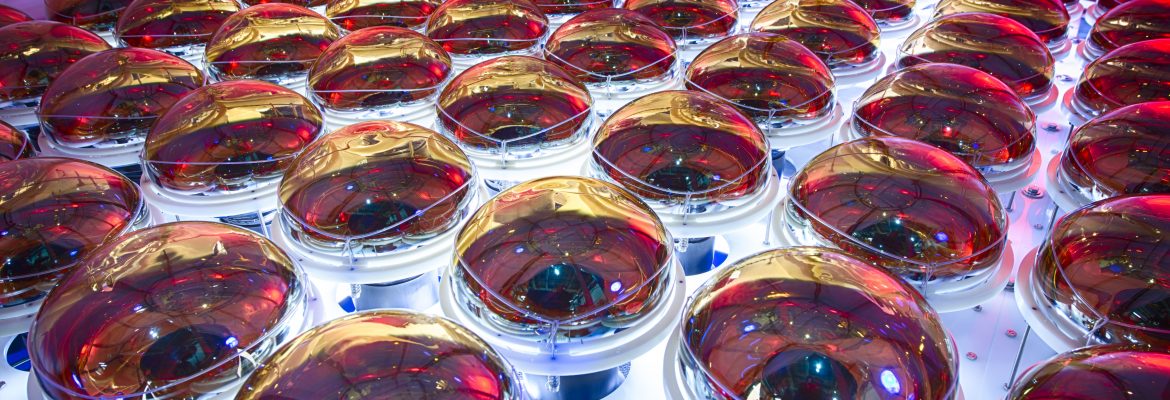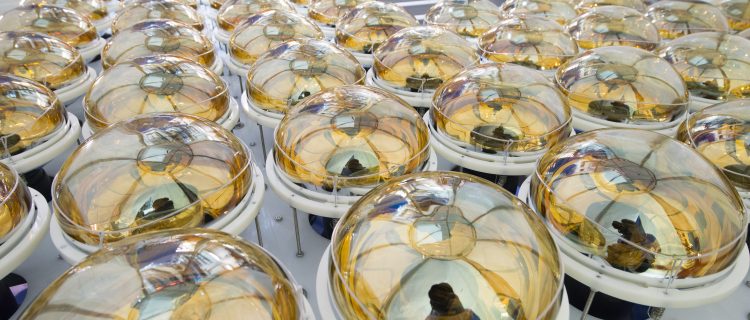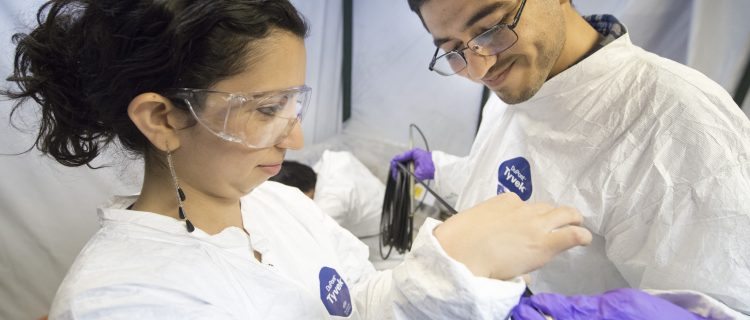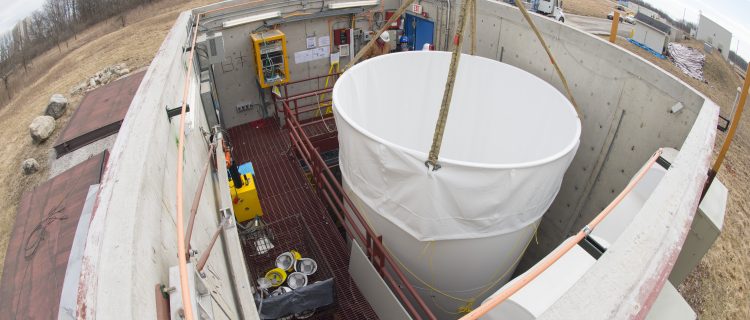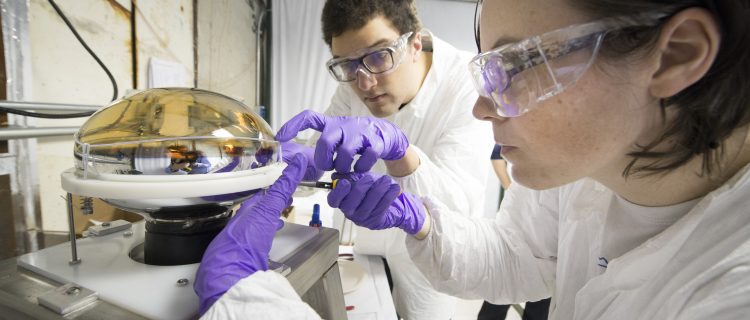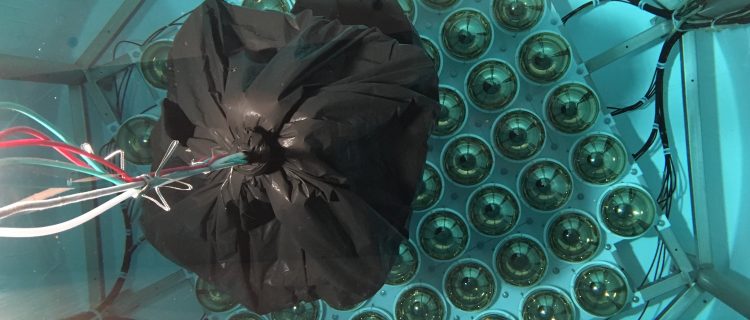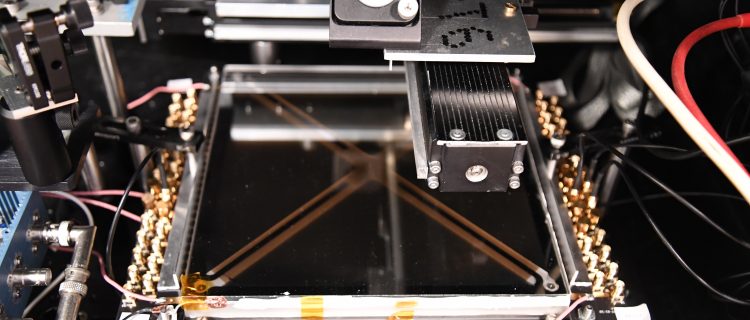The Accelerator Neutrino Neutron Interaction Experiment (ANNIE) is a 26-ton water-based neutrino detector at Fermilab on the Booster Neutrino Beam (BNB), small by particle physics standards but with big ambitions. The goal of the effort is to develop a next-generation neutrino detector using advanced photosensors and new experimental techniques, all while making important progress in understanding how neutrinos interact with matter. Measurements of final-state neutron multiplicity from neutrino-nucleus interactions will improve our understanding of the complex, many-body dynamics of neutrino-nucleus interactions and thus help to reduce dominant systematics on future long-baseline neutrino oscillation measurements.
Identifying and counting final state neutrons also provides a useful experimental handle for signal-background separation in future neutrino experiments. Two enabling technologies make this measurement possible: (1) the first application of Large Area Picosecond Photodetectors (LAPPDs), which will allow detailed timing-based reconstruction of the primary neutrino interaction, and (2) the first use of gadolinium-enhanced water on a high energy neutrino beam to efficiently count final-state neutrons. Phase I of ANNIE, designed to provide a measurement of critical neutron backgrounds, was successfully completed in 2017. Phase II detector for the full physics program of the experiment was installed in July 2019 and data taking was started in 2020. We have installed multiple LAPPDs and have done a test run with Water-based Liquid Scintillator (WbLS) in the SANDI vessel in 2023.

